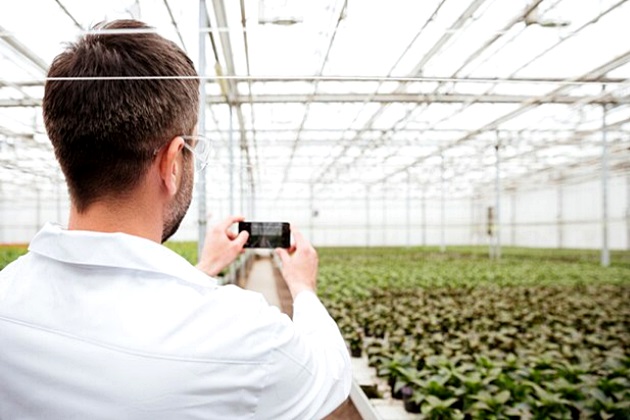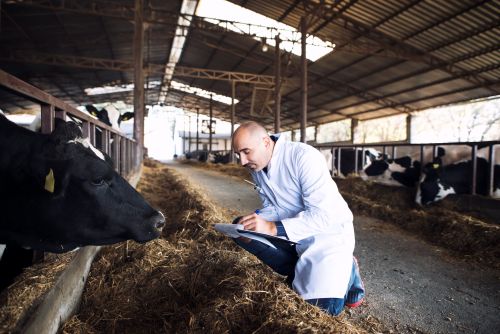
Imagine a world where humans could "talk" to plants and warn them about impending pest attacks or extreme weather. A team of plant scientists at the Sainsbury Laboratory Cambridge University (SLCU) aims to turn this science fiction into reality by using light-based messages to "communicate" with plants.
The Highlighter: A New Tool
Early lab experiments with tobacco plants (Nicotiana benthamiana) have shown that they can activate the plant's natural defense mechanism (immune response) using light as a stimulus (messenger). Light serves as a universal means of daily human communication, such as traffic signals, pedestrian crossings, or a store's open-closed status.
The method involves introducing light-sensitive proteins into the cells researchers wish to control. This way, they can turn on and off various processes in those cells using light.
The most recent research, published in PLOS Biology, describes a new tool called Highlighter, which uses specific light conditions to activate the expression of a target gene in plants. For example, to trigger their defense mechanisms—people "talk" to plants.
The concept that humans could communicate with plants at a significant level has long captured people's imagination. If such an ability were possible, it could revolutionize agriculture and our relationship with plants.
Warning Plants
"If we could warn plants about an impending disease outbreak or a pest attack, plants could then activate their natural defense mechanisms to prevent widespread damage," said Dr. Alexander Jones. "We could also inform plants about approaching extreme weather events, such as heatwaves or drought, allowing them to adjust their growth patterns or conserve water. This could lead to more efficient and sustainable farming practices and reduce the need for chemicals."
Bo Larsen, who designed Highlighter while at SLCU, has brought us a significant step closer to this goal of "talking" to plants by designing a light-controlled genetic expression system (optogenetic system) that transitions from a prokaryotic system to a eukaryotic system adapted for plants.
An Optogenetic Tool for Plants
When used in plants, Highlighter uses minimally invasive light signals for activation and deactivation and is not affected by the light-dark cycle in growth rooms. The current Highlighter system is inactive in blue light conditions and active in the dark and under white, green, and mysteriously, red light conditions. Further work is planned to advance the development of Highlighter, but the team has already demonstrated optogenetic control over plant immunity, pigment production, and a yellow fluorescent protein, the latter at a cellular resolution.
"Highlighter is an important step forward in the development of optogenetic tools in plants, and its high-resolution gene control could be applied to study a wide range of fundamental plant biology questions," added Dr. Jones. "A growing toolkit for plants with diverse optical properties also opens up exciting opportunities for crop improvement. For example, in the future, we could use one light condition to trigger an immune response and then another light condition to precisely time a specific trait, such as flowering or ripening."





